Lidar, an acronym for Light Detection and Ranging, is a remote sensing technology that utilizes laser light to measure distances and create high-resolution maps of the Earth’s surface. By emitting laser pulses and measuring the time it takes for the light to return after reflecting off an object, Lidar systems can generate precise three-dimensional information about the shape and surface characteristics of various terrains. This technology operates similarly to radar, but instead of radio waves, it employs light waves, typically in the near-infrared spectrum.
The ability to capture detailed spatial data makes Lidar an invaluable tool across numerous fields, including geography, forestry, and urban planning. The fundamental components of a Lidar system include a laser source, a scanner, and a specialized GPS receiver. The laser source emits rapid pulses of light, which are directed towards the target area.
As these pulses hit surfaces—be it vegetation, buildings, or the ground—they scatter back to the sensor. The time delay between emission and reception of the light pulse is recorded, allowing for precise distance calculations. When combined with GPS data, this information can be transformed into a detailed three-dimensional model of the scanned area.
The versatility of Lidar technology enables it to be deployed from various platforms, including ground-based systems, aerial drones, and satellites, each offering unique advantages depending on the application.
Key Takeaways
- Lidar technology uses laser light to measure distances and create high-resolution 3D maps of the environment.
- Lidar technology is used in various applications such as autonomous vehicles, urban planning, forestry management, and archaeology.
- The advantages of Lidar technology include its ability to capture detailed and accurate data, even in challenging environments.
- Challenges and limitations of Lidar technology include cost, data processing, and limitations in adverse weather conditions.
- Recent developments in Lidar technology include miniaturization, increased affordability, and improved data processing capabilities, expanding its potential in various industries.
Applications of Lidar Technology
Lidar technology has found applications across a diverse array of sectors, significantly enhancing data collection and analysis capabilities. In the field of forestry, for instance, Lidar is employed to assess tree height, canopy density, and biomass estimation. By providing detailed information about forest structure, Lidar aids in sustainable forest management practices and helps researchers monitor changes in forest ecosystems over time.
This capability is particularly crucial in the context of climate change, where understanding forest dynamics can inform conservation strategies and carbon sequestration efforts. In urban planning and development, Lidar technology plays a pivotal role in creating accurate topographical maps that inform infrastructure projects. City planners utilize Lidar data to analyze land use patterns, assess flood risks, and design transportation networks.
The high-resolution models generated by Lidar allow for precise simulations of urban growth and development scenarios. Additionally, Lidar is instrumental in disaster management; for example, it can be used to map areas prone to landslides or flooding, enabling authorities to implement preventive measures and improve emergency response strategies.
Advantages of Lidar Technology

One of the most significant advantages of Lidar technology is its ability to capture high-resolution data over large areas in a relatively short amount of time. Traditional surveying methods can be labor-intensive and time-consuming, often requiring extensive fieldwork to gather sufficient data. In contrast, Lidar can cover vast expanses quickly, making it an efficient tool for large-scale mapping projects. This efficiency not only reduces costs but also allows for more frequent data collection, which is essential for monitoring dynamic environments. Another notable benefit of Lidar is its capability to penetrate vegetation canopies.
Unlike conventional photogrammetry techniques that may struggle to provide accurate ground measurements in densely forested areas, Lidar can effectively measure ground elevation beneath tree cover. This characteristic is particularly advantageous in ecological studies where understanding the underlying terrain is crucial for habitat assessment and biodiversity studies. Furthermore, the precision of Lidar data enhances decision-making processes across various industries by providing stakeholders with reliable information that can guide their actions.
Challenges and Limitations of Lidar Technology
| Challenges and Limitations of Lidar Technology |
|---|
| 1. Limited Range: Lidar has a limited range compared to radar, which can be a challenge in certain applications. |
| 2. Weather Interference: Adverse weather conditions such as fog, rain, or snow can interfere with the performance of lidar sensors. |
| 3. Cost: Lidar technology can be expensive to implement, which may limit its widespread adoption in some industries. |
| 4. Size and Weight: Lidar sensors can be bulky and heavy, making them less suitable for certain applications where space and weight are critical factors. |
| 5. Data Processing: Lidar generates large amounts of data that require significant processing power and storage capabilities. |
Despite its numerous advantages, Lidar technology is not without its challenges and limitations. One significant issue is the cost associated with acquiring and operating Lidar systems. High-quality Lidar equipment can be expensive, and the costs extend beyond just the hardware; data processing and analysis require specialized software and expertise.
For smaller organizations or projects with limited budgets, these financial barriers can hinder access to this powerful technology. Additionally, while Lidar excels in capturing detailed surface information, it may struggle in certain environments where reflective surfaces are present. For instance, highly reflective materials such as water bodies or glass can cause inaccuracies in distance measurements due to signal scattering or absorption.
Moreover, atmospheric conditions such as fog or heavy rain can impede the laser’s effectiveness, leading to gaps in data collection. These limitations necessitate careful planning and consideration when deploying Lidar systems in various contexts.
Recent Developments in Lidar Technology
Recent advancements in Lidar technology have significantly enhanced its capabilities and broadened its applications. One notable development is the integration of Lidar with other remote sensing technologies such as multispectral imaging and photogrammetry. This fusion allows for richer datasets that combine the strengths of each technology—Lidar’s precise spatial measurements with multispectral imaging’s ability to capture spectral information about surface materials.
Such integrated approaches are proving invaluable in fields like agriculture, where understanding both the physical structure and health of crops is essential for optimizing yields. Another exciting trend is the miniaturization of Lidar sensors, particularly for use in unmanned aerial vehicles (UAVs) or drones. These compact systems are becoming increasingly affordable and accessible, enabling a wider range of users—from researchers to small businesses—to leverage Lidar technology for various applications.
Drones equipped with Lidar sensors can efficiently survey hard-to-reach areas or conduct detailed inspections of infrastructure such as bridges and power lines. This democratization of technology is paving the way for innovative uses that were previously limited to large organizations with substantial resources.
Future Potential of Lidar Technology

The future potential of Lidar technology appears promising as ongoing research and development continue to push the boundaries of what is possible. One area ripe for exploration is the application of Lidar in autonomous vehicles. As self-driving technology advances, integrating Lidar systems into vehicles can enhance their ability to perceive their surroundings accurately.
The high-resolution spatial data provided by Lidar can help vehicles navigate complex environments safely by detecting obstacles and understanding road conditions in real-time. Moreover, as climate change poses increasing challenges globally, Lidar’s role in environmental monitoring will likely expand. Researchers are exploring its use in tracking changes in ice sheets, monitoring coastal erosion, and assessing habitat loss due to urbanization or deforestation.
The ability to collect precise data over time will be crucial for understanding these phenomena and developing effective mitigation strategies. As more organizations recognize the value of accurate spatial data for decision-making processes, the demand for advanced Lidar applications will likely grow.
Environmental and Conservation Applications of Lidar Technology
Lidar technology has emerged as a powerful tool for environmental monitoring and conservation efforts. In forestry management, it enables detailed assessments of forest structure and health by providing insights into tree height, canopy cover, and biomass distribution. This information is vital for managing resources sustainably and ensuring that forests continue to provide essential ecosystem services such as carbon sequestration and habitat provision.
In addition to forestry applications, Lidar is increasingly being used in wetland mapping and restoration projects. By accurately delineating wetland boundaries and characterizing hydrological features, Lidar data supports conservationists in identifying critical habitats that require protection or restoration efforts. Furthermore, its ability to penetrate vegetation allows researchers to assess changes in wetland ecosystems over time—an essential factor in understanding how climate change impacts these sensitive environments.
How Lidar Technology is Revolutionizing Industries
Lidar technology is revolutionizing various industries by providing unprecedented levels of detail and accuracy in spatial data collection. In agriculture, precision farming practices are being enhanced through the use of Lidar for crop monitoring and yield prediction. Farmers can utilize high-resolution topographical maps generated by Lidar to optimize irrigation practices and manage soil health more effectively.
In construction and civil engineering, Lidar has transformed project planning and execution by enabling accurate site surveys that inform design decisions. The ability to create 3D models from Lidar data allows engineers to visualize potential challenges before construction begins, reducing delays and cost overruns associated with unforeseen issues during the building process. Moreover, in the realm of archaeology, Lidar has opened new avenues for discovery by revealing hidden structures beneath dense vegetation or soil cover that traditional survey methods might miss.
Archaeologists are increasingly using this technology to identify ancient settlements or features without disturbing the ground—a non-invasive approach that preserves historical sites while expanding our understanding of past civilizations. As industries continue to embrace Lidar technology’s capabilities, its impact will likely grow even more profound across sectors ranging from transportation to environmental management. The ongoing evolution of this technology promises exciting developments that will further enhance our ability to understand and interact with the world around us.
Lidar technology, which stands for Light Detection and Ranging, is a remote sensing method that uses light in the form of a pulsed laser to measure variable distances to the Earth. This technology is crucial in various fields, including autonomous vehicles, topographic mapping, and environmental monitoring. For those interested in the foundational elements of web development, which often includes the integration of Lidar data into web applications, you might find the article on HTML insightful.
You can read more about it in this article: Understanding HTML: The Building Block of Web Development.
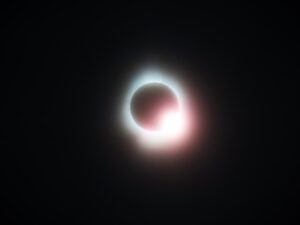


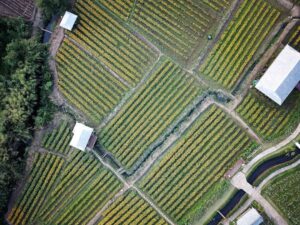
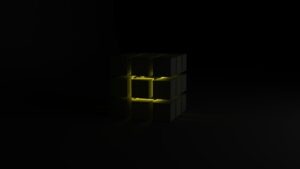



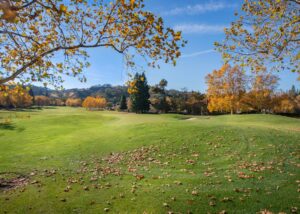


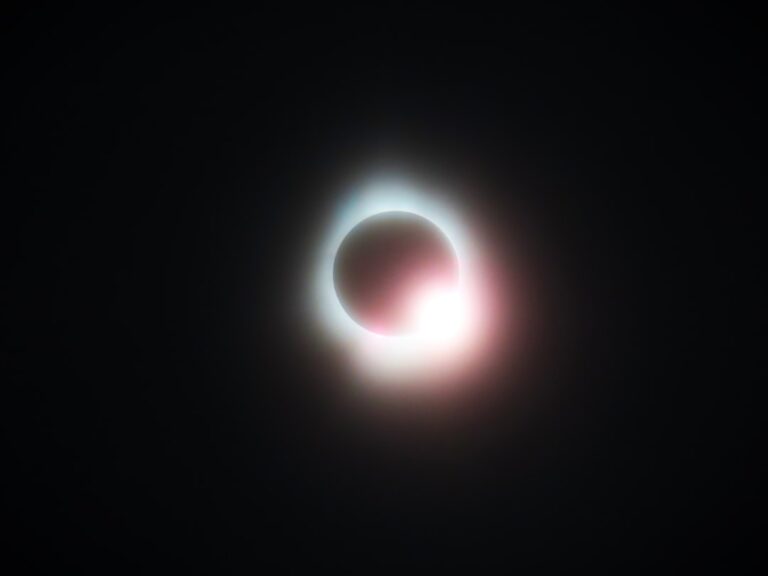




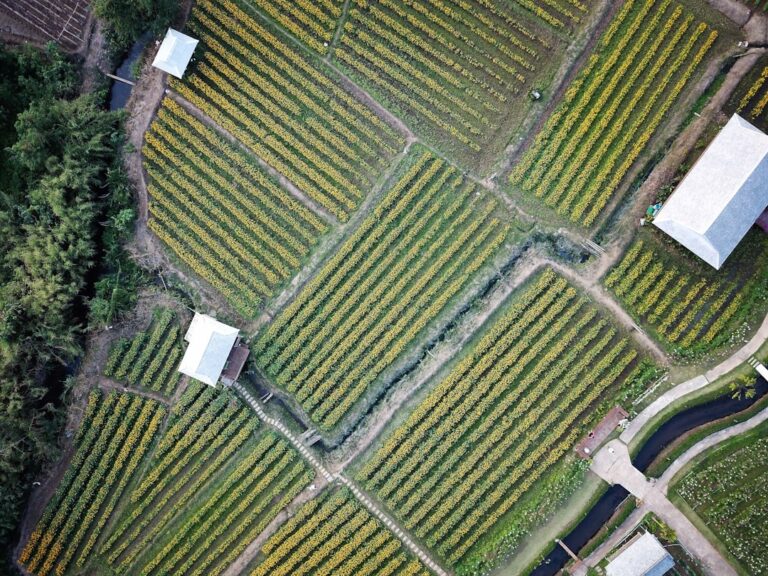
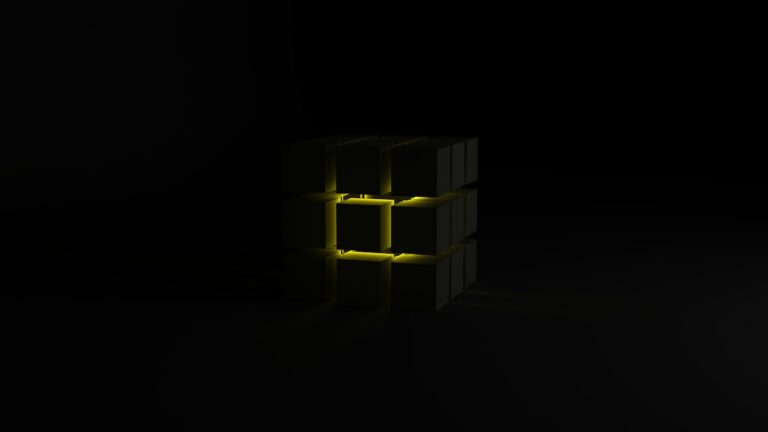



+ There are no comments
Add yours